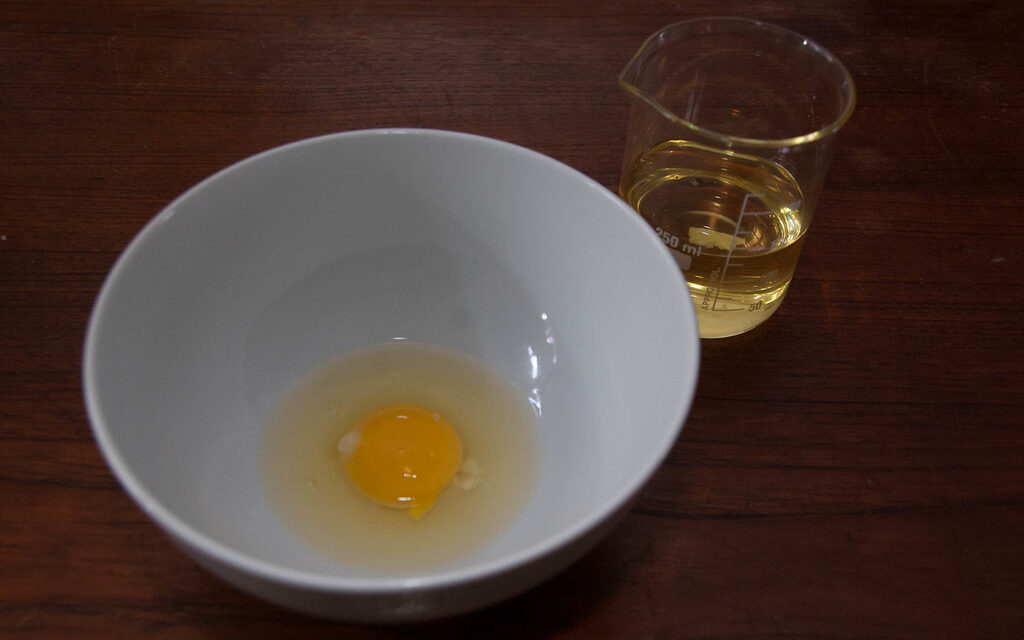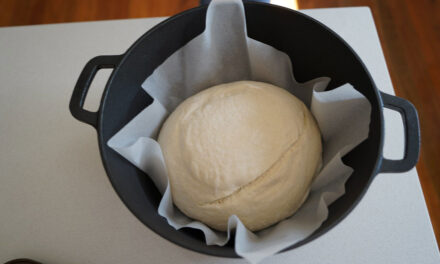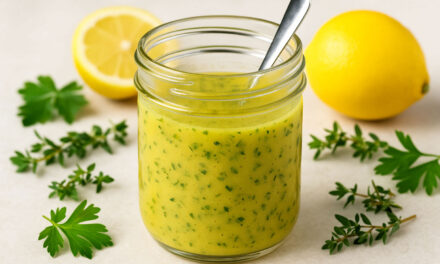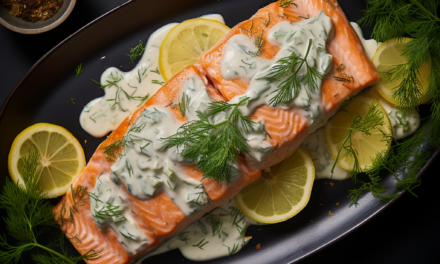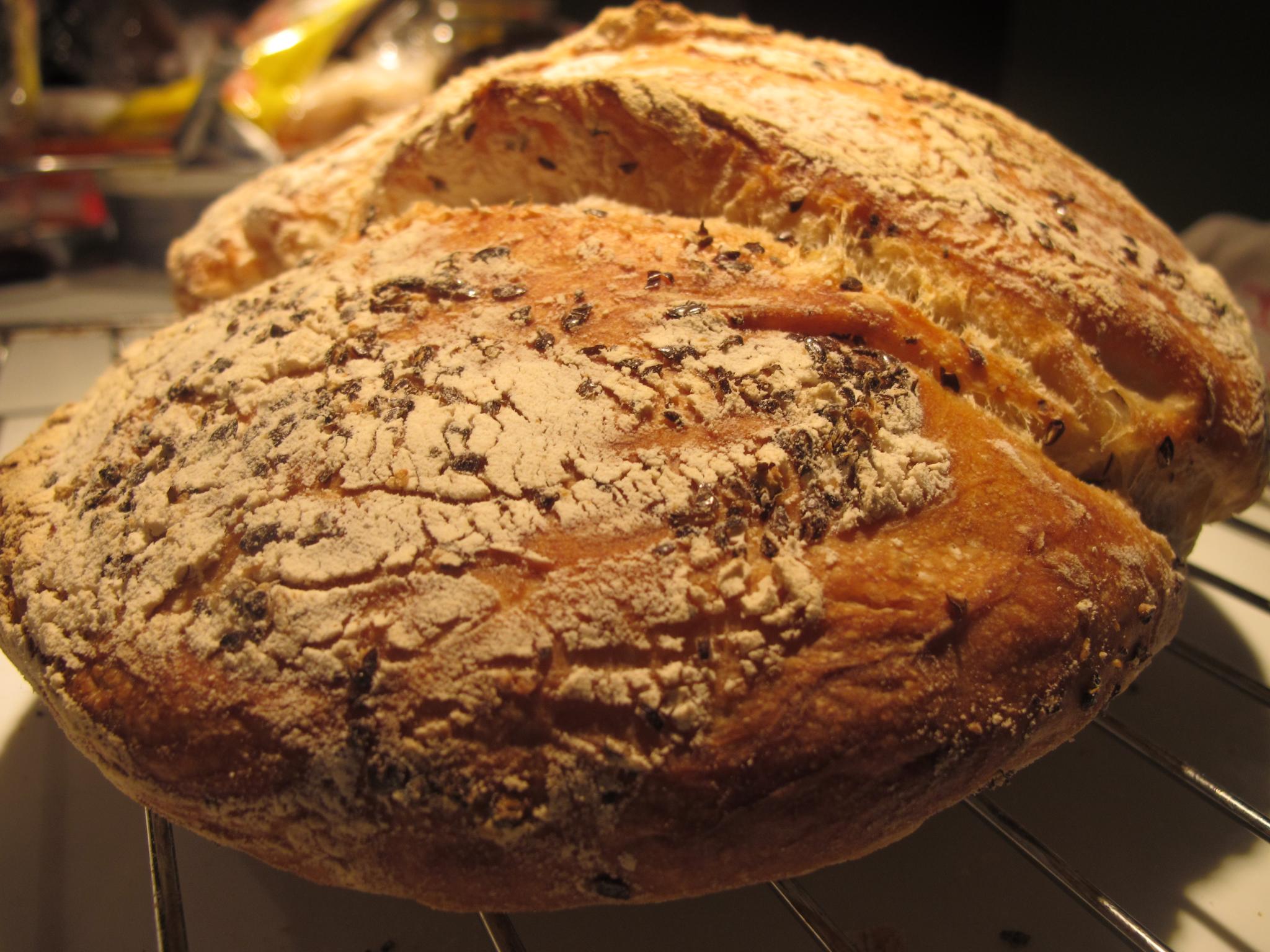Emulsion is a cooking technique that involves combining two ingredients that normally don’t mix, such as oil and water, into a smooth, stable mixture. This is achieved by breaking down one ingredient into tiny droplets and dispersing them evenly throughout the other, usually with the help of mechanical action like whisking or blending. Emulsions are crucial in many cooking applications, providing texture, flavor, and visual appeal in dishes around the world.
How Emulsions Work:
At its core, an emulsion occurs when one liquid is suspended in another, such as oil in water. This can be achieved with the help of an emulsifier—an ingredient that stabilizes the mixture by reducing the surface tension between the two liquids. Common emulsifiers include egg yolks, mustard, and lecithin (found in egg yolks and soybeans).
Examples of Emulsions in Global Cuisine:
- Mayonnaise (France/Global):
Mayonnaise is a classic emulsion made by slowly incorporating oil into egg yolks, vinegar, or lemon juice. The result is a creamy, stable sauce that’s used in everything from sandwiches to salads. - Hollandaise Sauce (France):
A rich and velvety sauce often served with eggs Benedict or steamed vegetables, hollandaise is made by emulsifying butter into egg yolks and acid, creating a luxurious consistency. - Vinaigrette (Global):
A simple emulsion of oil and vinegar or citrus juice, vinaigrette is a staple in many cuisines, used to dress salads or marinate vegetables. - Tahini Dressing (Middle East):
In Middle Eastern cuisine, tahini (sesame paste) is emulsified with lemon juice, olive oil, and garlic to make a creamy dressing or dip, often served with falafel or grilled meats. - Aji de Gallina Sauce (Latin America – Peru):
In Latin American cuisine, specifically in Peru, aji de gallina is a creamy chicken stew made with a rich emulsion of nuts, milk, and cheese. The sauce is thickened by blending bread soaked in milk, along with walnuts and Parmesan cheese. This technique creates a velvety texture that is both comforting and flavorful, and it perfectly coats the chicken pieces in the dish.
Why Emulsion is Important:
Emulsions are fundamental in creating smooth, cohesive textures and helping to balance flavors. They allow for the integration of ingredients that might otherwise separate, such as oil and vinegar, and they provide richness, body, and a satisfying mouthfeel in both savory and sweet dishes. Emulsions are key components in sauces, dressings, and spreads, showcasing the technique’s versatility across global cuisines.
Through emulsions, cooking transforms simple ingredients into complex, harmonious creations, highlighting how chemistry can play a crucial role in achieving desired textures and flavors.

